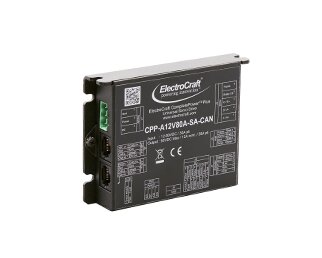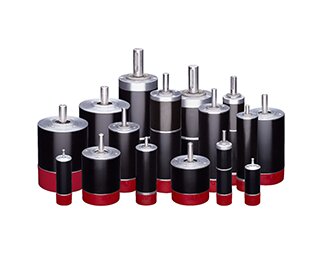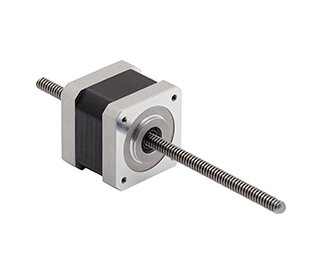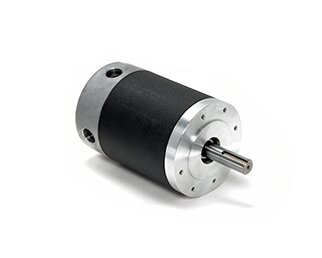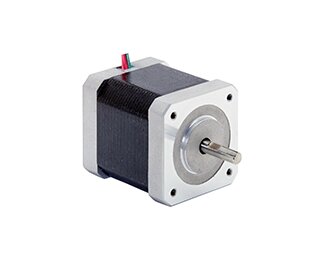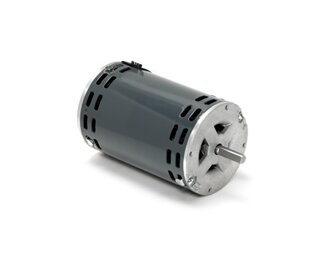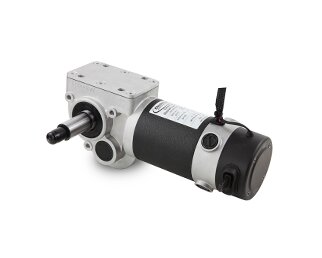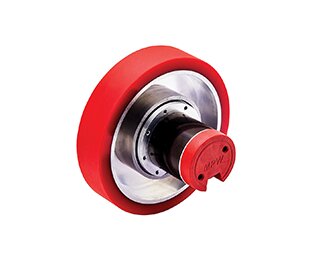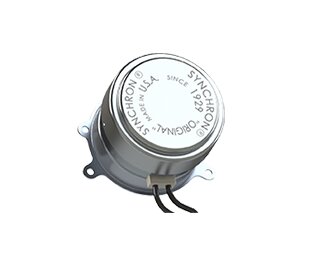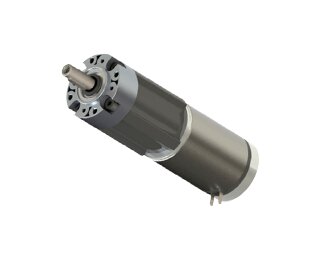Combined ElectroCraft & Hansen Products
With motors and motion systems, you need to know that they will work consistently throughout the life-cycle of your product, regardless of how long that may be. ElectroCraft products use high quality materials and engineering to ensure your stock, configured, or custom motor or motion product works as expected each and every time. While you don’t always need a motor to last 100 years ... it’s good to know that with ElectroCraft you can.
